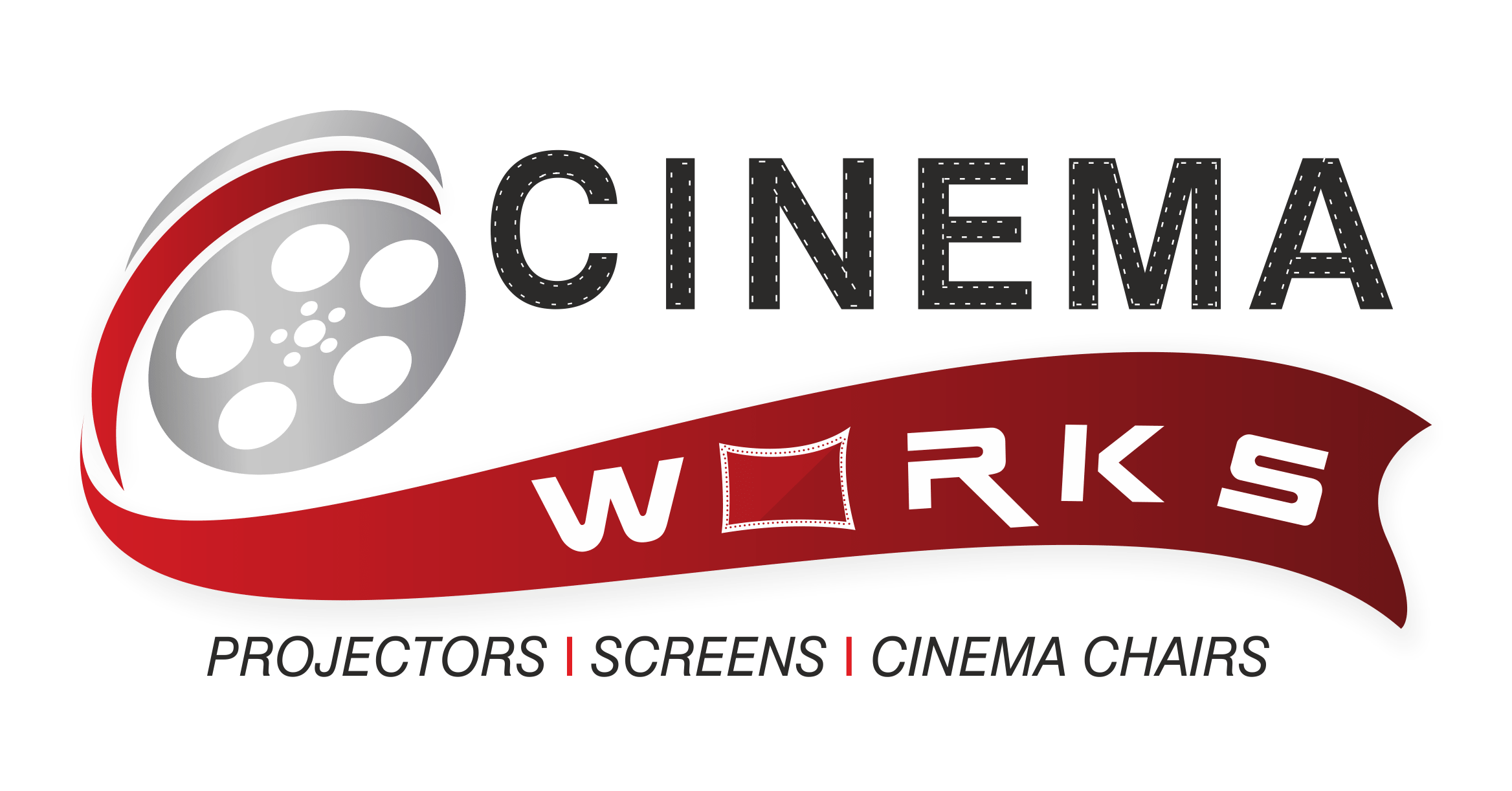The Complete Guide to Laser Phosphor Projection Systems for Cinemas
Understanding Laser Phosphor Technology: A Deep Dive
Laser phosphor projection is rapidly becoming the gold standard in cinema projection, offering significant advantages over traditional lamp-based systems. This technology utilizes a laser light source to excite a phosphor wheel, producing a bright, vibrant, and highly color-accurate image. Unlike lamp-based projectors that rely on a single, finite light source that degrades over time, laser phosphor projectors boast a significantly longer lifespan and reduced maintenance requirements. This translates to cost savings, enhanced operational efficiency, and a consistently superior viewing experience for audiences.
The core of the technology lies in the interaction between the laser diodes and the phosphor wheel. The laser diodes, typically red, green, and blue, precisely target the phosphor wheel, stimulating it to emit light. This emitted light then passes through a series of lenses and mirrors to be projected onto the screen. The precise control over the laser light ensures consistent color saturation and brightness, eliminating the color inconsistencies and dimming effects often seen in lamp-based systems over their operational life.
Advantages of Laser Phosphor Projection for Cinemas
Superior Image Quality:
Laser phosphor projectors deliver a dramatically improved image quality compared to traditional lamp-based projectors. The high contrast ratio and wider color gamut produce stunningly realistic images with deeper blacks, richer colors, and improved clarity. The absence of the “rainbow effect” often associated with older technologies further enhances the viewing experience.
Extended Lifespan & Reduced Maintenance:
One of the most compelling advantages of laser phosphor technology is its extended lifespan. The laser light source boasts a considerably longer operational life compared to lamps, reducing the frequency of lamp replacements and associated downtime. This translates to significant cost savings over the projector’s lifetime and a smoother operational workflow for cinema management.
Consistent Brightness & Color Accuracy:
Unlike lamp-based projectors which experience a gradual decrease in brightness and color accuracy over time, laser phosphor systems maintain consistent performance throughout their operational lifespan. This ensures a uniform viewing experience for every screening, regardless of the projector’s age.
Energy Efficiency:
Laser phosphor projectors are significantly more energy-efficient than their lamp-based counterparts. This contributes to lower electricity bills and reduces the cinema’s carbon footprint, aligning with the industry’s growing focus on sustainability.
Choosing the Right Laser Phosphor Projector for Your Cinema
Selecting the right laser phosphor projector depends on several factors, including screen size, seating capacity, desired brightness levels, and budget constraints. Key specifications to consider include:
Brightness (Lumens):
The brightness, measured in lumens, determines the projector’s ability to produce a clear and vibrant image, especially in brightly lit environments. Larger screens and higher ambient light conditions require higher lumen projectors.
Resolution:
Resolution (e.g., 2K, 4K, 8K) dictates the level of detail and clarity of the projected image. Higher resolutions offer a more immersive and detailed viewing experience.
Throw Ratio:
The throw ratio determines the projector’s placement distance relative to the screen size. Understanding the throw ratio is crucial for optimal projector placement within your cinema’s design.
Color Gamut:
A wider color gamut ensures richer, more accurate colors. Look for projectors that support standards like DCI-P3 for cinematic accuracy.
Installation and Maintenance of Laser Phosphor Projection Systems
Proper installation and regular maintenance are essential for maximizing the performance and lifespan of your laser phosphor projector. Professional installation is highly recommended to ensure optimal alignment and calibration. Regular maintenance, including cleaning the projector’s lenses and filters, is crucial for maintaining image quality and preventing potential malfunctions. Following the manufacturer’s guidelines for maintenance and troubleshooting will prolong the projector’s lifespan and ensure trouble-free operation.
The Future of Laser Phosphor Projection in Cinemas
Laser phosphor technology is poised to become the dominant force in cinema projection. Ongoing advancements in laser technology continue to enhance brightness, resolution, and color accuracy, promising even more immersive and realistic cinematic experiences in the years to come. The increased efficiency, reduced maintenance, and superior image quality make laser phosphor projection a compelling choice for cinemas seeking to enhance their offerings and provide audiences with an unparalleled viewing experience.
Keywords:
Laser phosphor projection, cinema projection, laser projector, cinema technology, projector installation, projector maintenance, 4K projection, 2K projection, high-brightness projection, digital cinema, DCI-P3, cinematic color, energy-efficient projection, cinema upgrades, movie theater technology.
